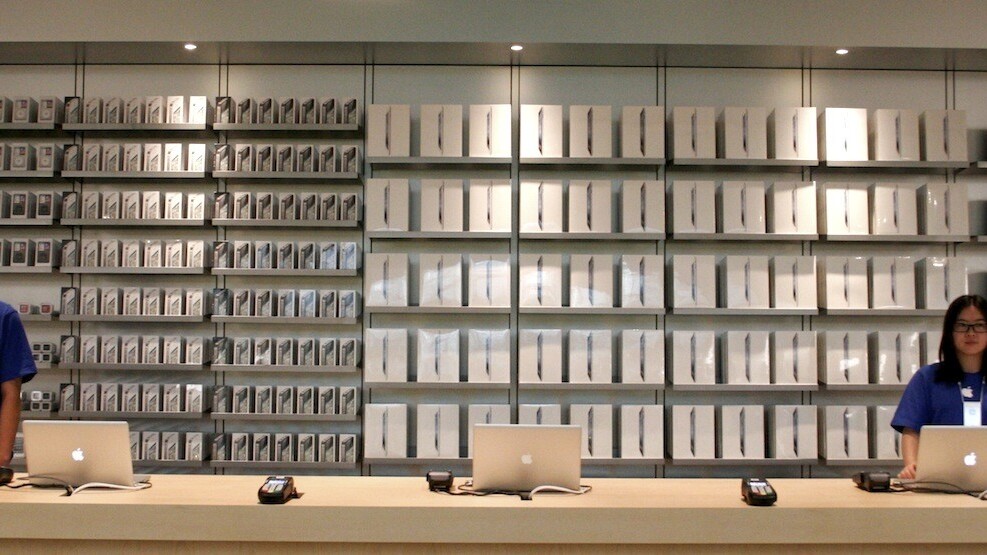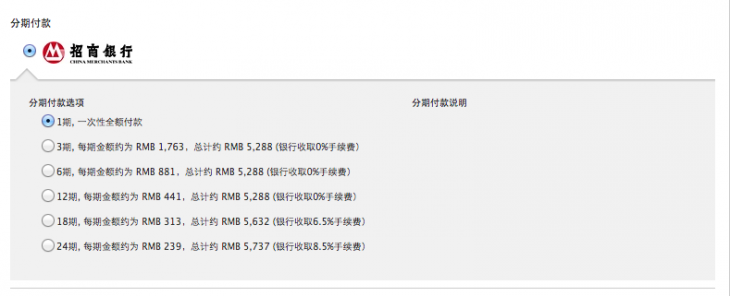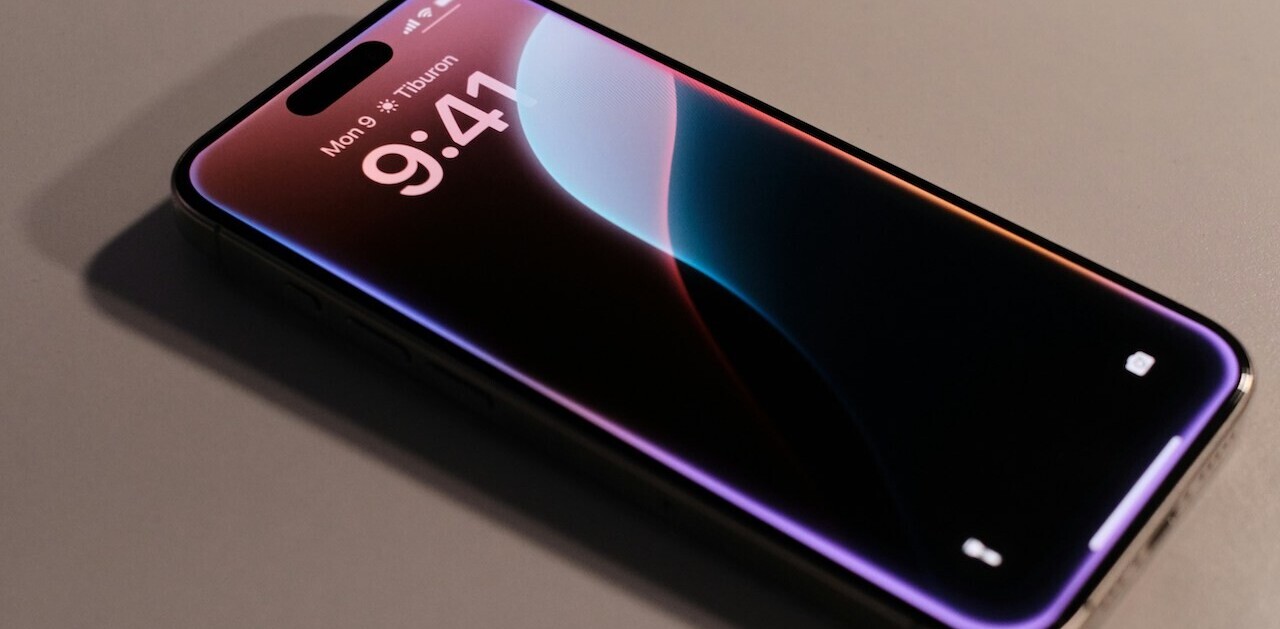
Apple has introduced a new installment payment option to its online store in China as it looks to continue expanding its reach in the country.
During a trip to China last week, CEO Tim Cook predicted that China will eventually become its largest market, and this latest move is a small step in that direction.
The new installment plan, noticed by Techweb, is only available to China Merchants Bank customers. For 1, 3, 6 and 12 installment options, there’s no interest, but the 18-payment choice comes with 6.5% interest, and the 24-installment plan charges 8.5%.

While western consumers have relied on credit to buy goods for decades now, China is still largely a cash-based system. The rise in online shopping and ecommerce sites like Taobao has helped introduce credit cards to some, but most customers still prefer debit card, top-up card and cash on delivery options.
Apple launched the Chinese version of its online store in October 2010, supplementing a retail strategy that has proceeded more slowly than originally expected. Though Apple had hoped to open 25 retail stores on the mainland, it currently only has eight, across four cities.
Apple is effectively targeting the lower-end of China’s emerging middle class with this new payment scheme, as the plans will appeal to consumers with enough income to afford Apple’s products, which come at an additional premium in China, but who don’t have enough disposable income to pay up front. If Apple manages to gain traction with this system, it could drive a significant increase in sales and momentum for the company.
The latest versions of the iPad and iPhone arrived in China last month. In the face of analyst speculation that consumer interest in its smartphone was waning, the company managed record sales of 2 million units in its first weekend of iPhone 5 sales.
Greater China accounted for 15% of Apple’s overall revenue during the 2012 fiscal year. Asymco’s Horace Dediu has estimated that China could become Apple’s largest market as soon as 2016, based on expected growth rates of 50% and 20% for China the US respectively.
Image credit: the Beijinger
Get the TNW newsletter
Get the most important tech news in your inbox each week.





